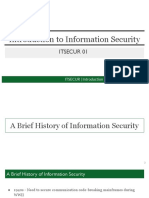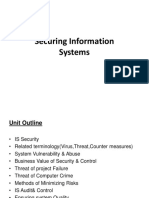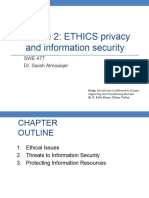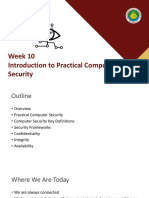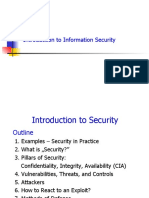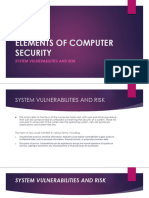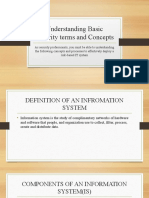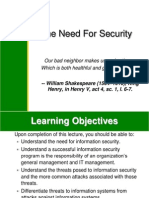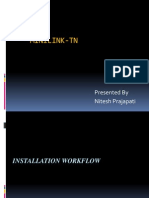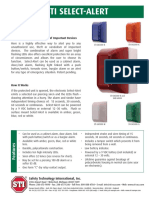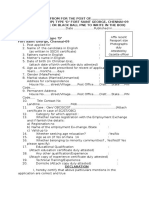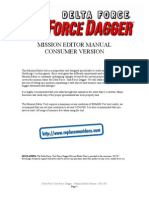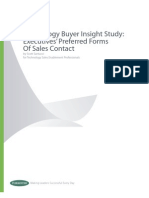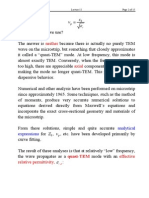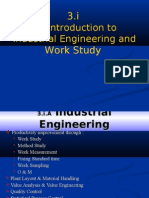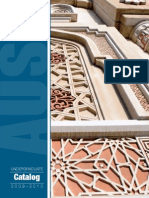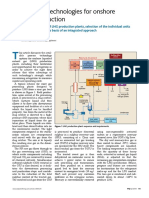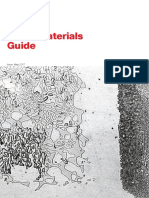0% found this document useful (0 votes)
118 views32 pagesLecture 1 - Intro To Software Security
This document provides definitions and explanations of key cybersecurity concepts:
- Asset is something of value that needs protection, such as software, data, people, property, or information.
- Attack is an exploitation of a system's vulnerability from outside to cause damage.
- Exploit is the tool used by an attacker to damage a target system by exploiting a vulnerability.
- Exposure is potential loss or harm to a system, such as data loss or time/effort for recovery after a breach.
Uploaded by
King KongCopyright
© © All Rights Reserved
We take content rights seriously. If you suspect this is your content, claim it here.
Available Formats
Download as PPTX, PDF, TXT or read online on Scribd
0% found this document useful (0 votes)
118 views32 pagesLecture 1 - Intro To Software Security
This document provides definitions and explanations of key cybersecurity concepts:
- Asset is something of value that needs protection, such as software, data, people, property, or information.
- Attack is an exploitation of a system's vulnerability from outside to cause damage.
- Exploit is the tool used by an attacker to damage a target system by exploiting a vulnerability.
- Exposure is potential loss or harm to a system, such as data loss or time/effort for recovery after a breach.
Uploaded by
King KongCopyright
© © All Rights Reserved
We take content rights seriously. If you suspect this is your content, claim it here.
Available Formats
Download as PPTX, PDF, TXT or read online on Scribd
/ 32







